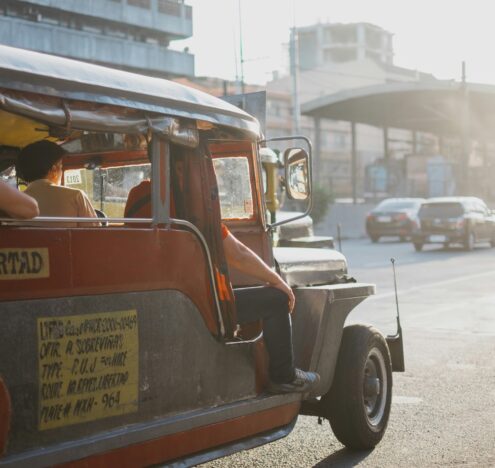On July 14, 2023, Ukrainian military officials and the Pentagon confirmed the delivery of 155-millimeter dual-purpose improved conventional munition (DPICM) or cluster munitions to Ukraine. According to Paul McLeary of Politico, the quantity delivered would “almost certainly (total) over 100,000 DPICMs.” While it’s unknown if this was the amount Ukraine requested, Brigadier General Oleksandr Taranvsky, commander of Ukraine’s Tavria Joint Forces Operation, which operates on the southern Ukraine front, told CNN, “The enemy also understands that with getting this ammunition, we will have an advantage.”
These munitions, which were drawn down from US Defense Department stockpiles, will not have an immediate impact, according to US defense officials. Biden exercised his authority to waive the restrictions in a US law (HR 1105, included in an omnibus budget bill in 2009 under the Obama administration) that prohibits the production, use, or transfer of such munitions that have a failure rate of more than one percent.
The transfer comes at a time when the Ukrainian counteroffensive is running into snags against entrenched Russian troops and the stocks of western-supplied conventional artillery ammunition are dwindling.
While we should all support Ukraine in its valiant defense against Russia’s invasion, more careful thought should be given to whether providing them with munitions that more than 120 countries have banned is the way we should be going. Russia has reportedly used cluster ammunition in its attacks and has rightly been condemned — even by the United States — for doing so.
Neither Russia, Ukraine, or the United States are parties to the Convention on Cluster Munitions, and eight of NATO’s 31 member nations have not ratified the convention. Despite the need to help Ukraine defend itself from the Russian invasion, the short-term image issues and the long-term potential negative consequences of this transfer, to my mind, weigh heavily against this decision. There needs to be another way to help even the playing field for Ukraine. I fully support the letter from several former American ambassadors to Laos to the President and his national security team opposing this action. The six former ambassadors, all now retired, wrote, “We all recognize that the costs of this immoral war will be a terrible burden for the people of Ukraine for years to come. The United States should not contribute further to that burden with cluster munitions.”
The Images That Changed My Perspective
I served 20 years in the US Army and 30 years as an American diplomat, and many of my duty tours took me to places where unexploded cluster bombs and other munitions continue to inflict death and injury decades after their original use. In Cambodia, where I served as US ambassador from 2002 to 2005, I saw many children with missing limbs and talked to rural people whose relatives (overwhelmingly children) were killed by unexploded ordnance.
While we should all support Ukraine in its valiant defense against Russia’s invasion, more careful thought should be given to whether providing them with munitions that more than 120 countries have banned is the way we should be going.
Cluster munitions, which scatter tiny but lethal bomblets far beyond the point of impact of the main munition, are deadly when employed against entrenched troops, as I saw firsthand as an officer in Vietnam in the 1960s and 1970s. As devastating as that was, though, it pales in comparison to the impact they continue to have in places like Cambodia, where farmers have no choice but to venture into areas where they are present to cultivate the land in order to feed their families. The sight of children with missing limbs, or worse, the mangled body of a dead child, are images that will forever be etched in my mind.
Ukraine’s defense minister, Oleksii Reznikov, said recently that the cluster ammunition will help make up the difference between Ukrainian and Russian capabilities in the effectiveness of artillery. “It’s very important not to bring harm to the civilian population,” Reznikov said. “We won’t use them before the de-occupation of a city.” Noble thoughts, but they don’t address the long-term effects of such munitions.
While HR 105 prohibits the export of munitions with failure rates of over one percent — unless the president signs a waiver — the Pentagon said that the weapons sent to Ukraine had a failure rate of 2.35% or less, which is still far better than the usual rate for such munitions. Pentagon statements, though, indicate that the munitions being supplied to Ukraine contain older weapons with a failure rate of 14% or more. We have no way of knowing conclusively what the actual fail rate of the weapons provided will be or that they will be used in terrain that does not increase the failure rate. Even with a one percent failure rate, though, for every two shells fired, there will be about three unexploded bomblets left scattered on the target area, creating obstacles for maneuvering Ukrainian forces in the short term, and deadly hazards for civilian residents of the areas for years, if not decades, to come. Even the US Army doctrine warns that cluster bomblets can pose “significant risks to friendly personnel and equipment,” and that the failure rate can increase if procedures aren’t followed or if uneven terrain disturbs the angle required for detonation.
Being Efficient Is No Excuse
Cluster ammunition, because of its widespread coverage and devastating impact on people and vehicles, is considered by many to be an efficient way to shape the outcome of a battle. Should we, though, sacrifice the future of children not yet born on the altar of efficiency in a battle today? If the issue in Ukraine is the imbalance between the amount of ammunition that the two sides have, we should, collectively with our allies, find a way to even the odds without resorting to use of such weapons.
As a young lieutenant in the army during the 1960s and 1970s, I was taught that there’s “always another way to get a job done.” We need to find that “other” way to help Ukraine in its defense against Russian aggression that doesn’t involve them stooping down to Russia’s level of brutality and barbarity.





















